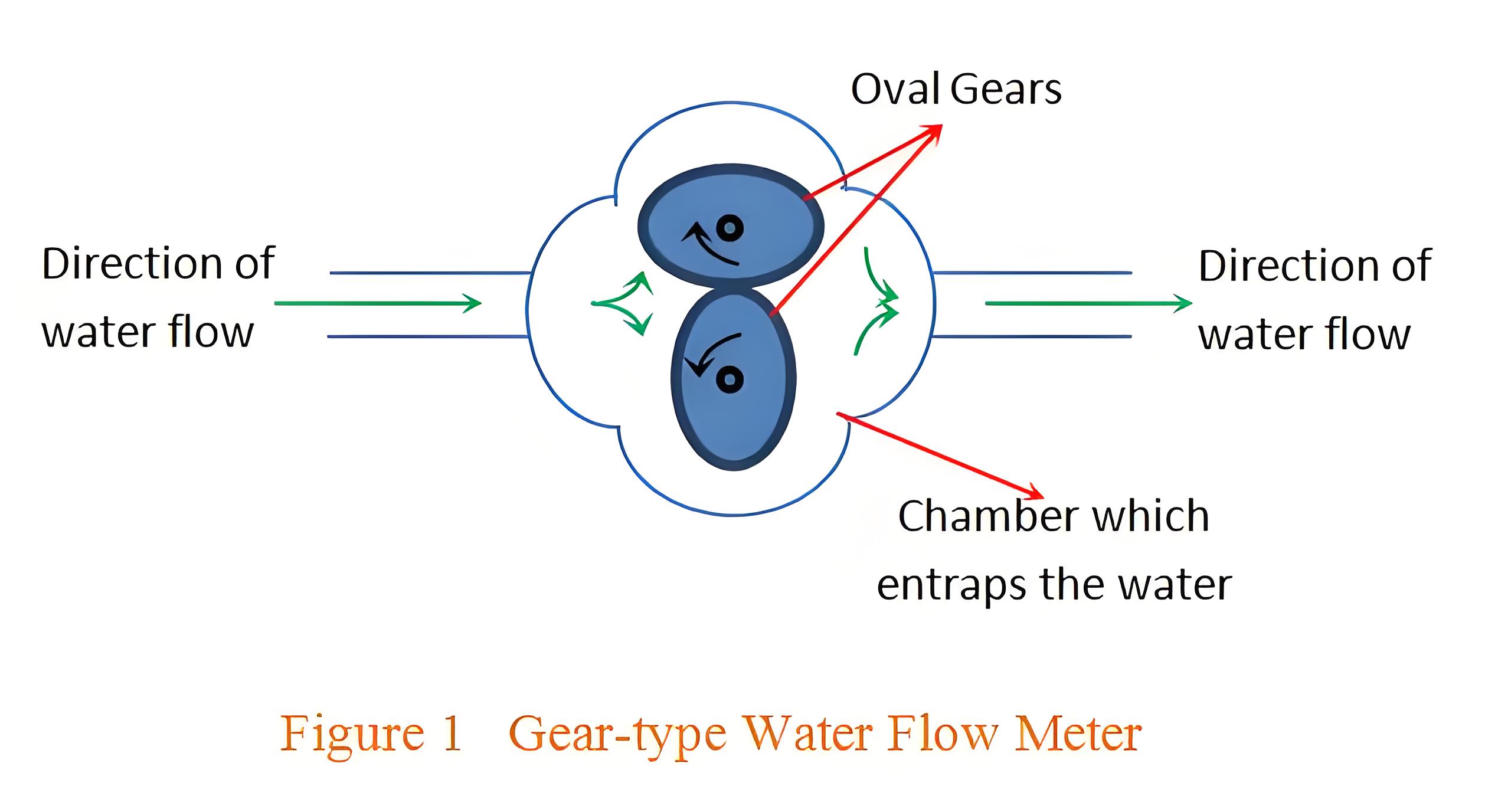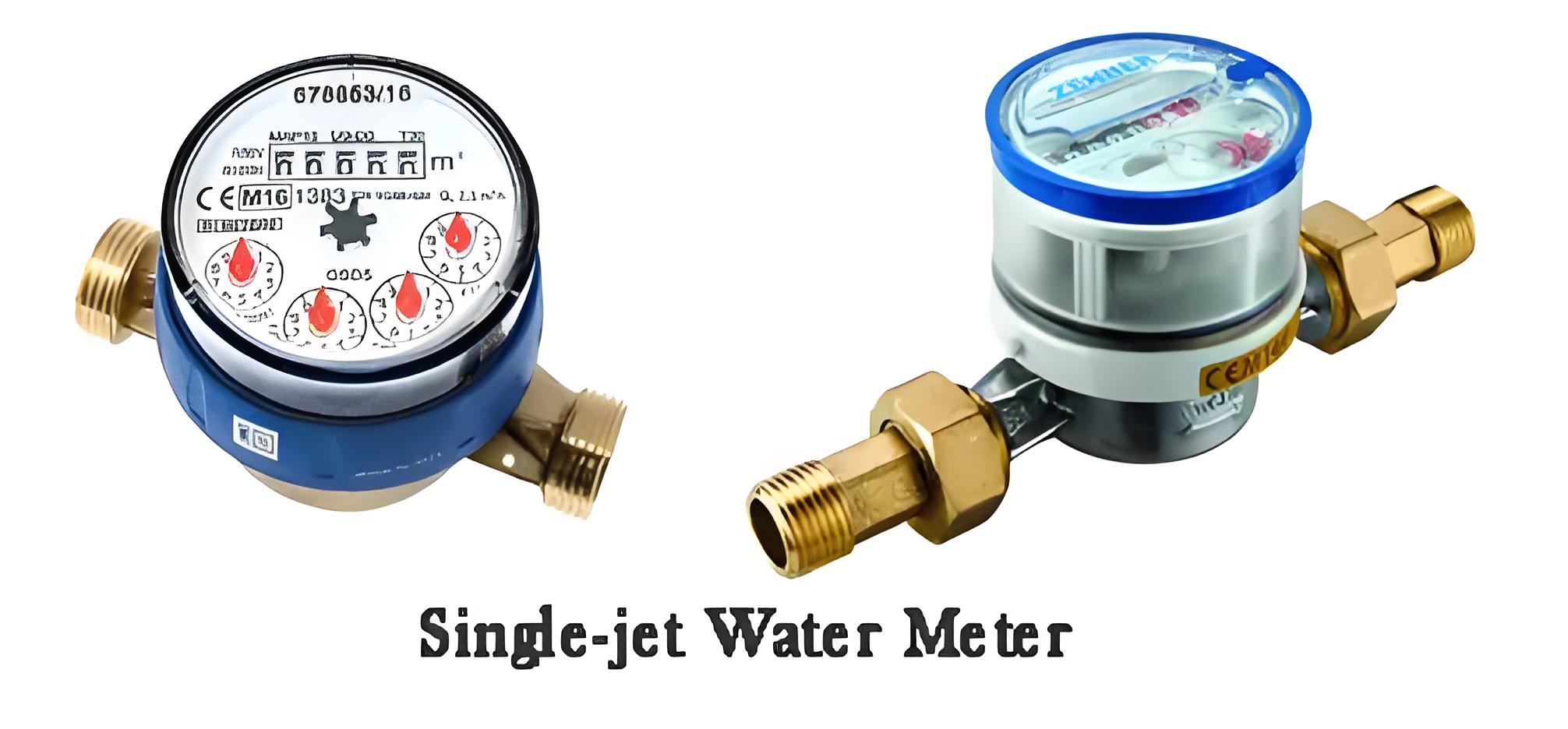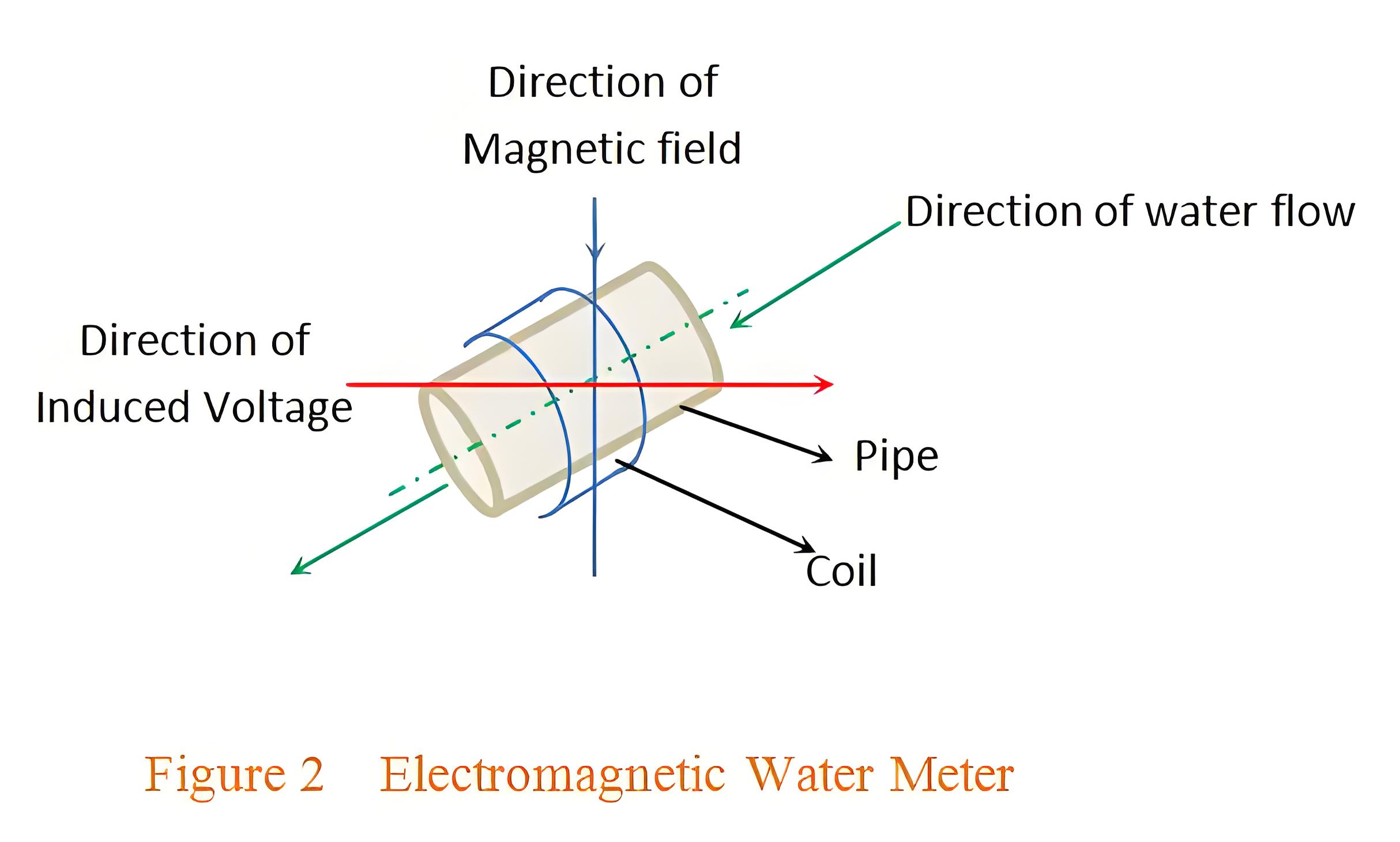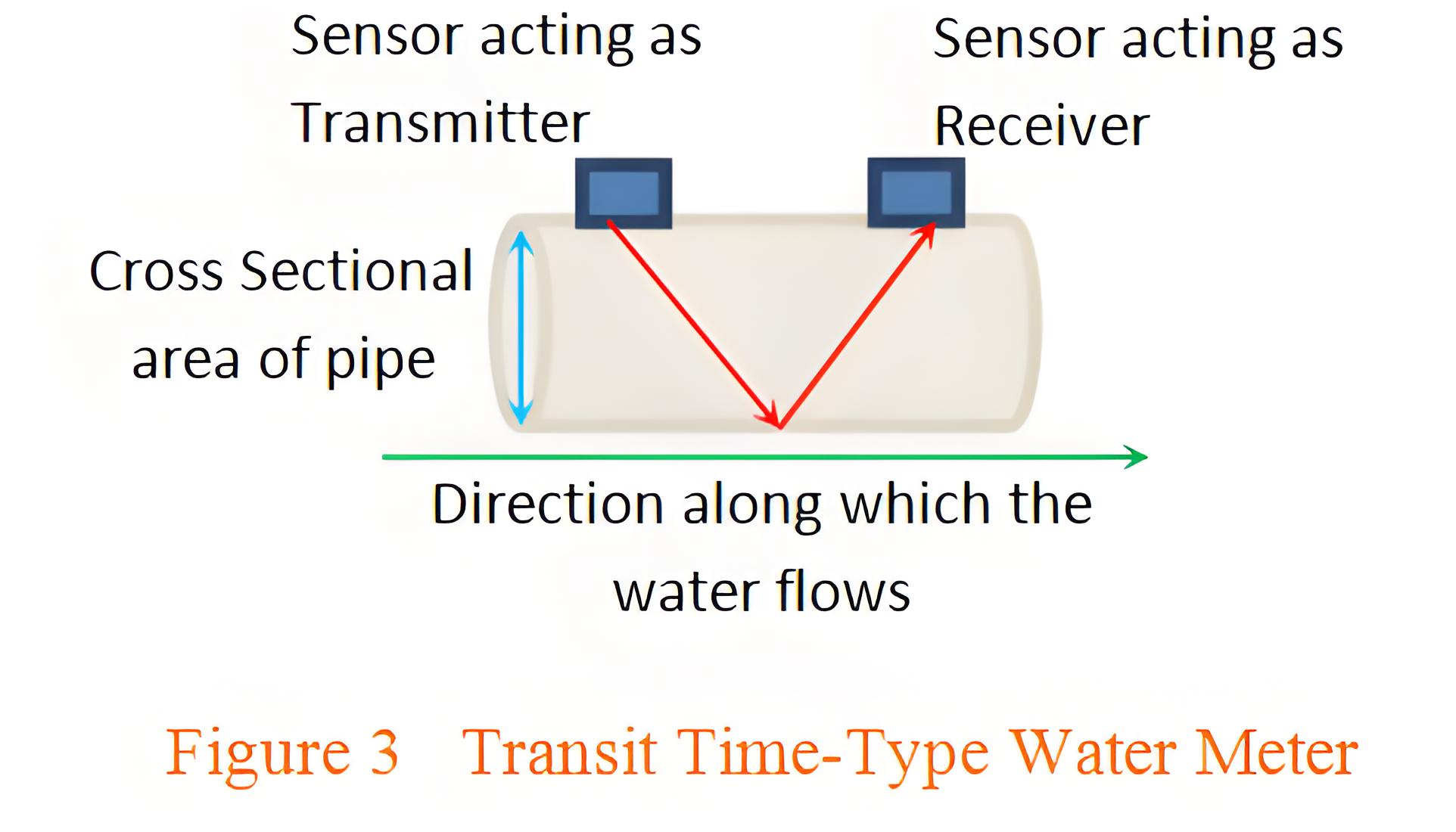What is a Water Meter?
What is a Water Meter?
Water Meter Definition
A water meter is a type of flow meter which is used to monitor the flow rate of water through a pipe. There are two common approaches to water flow measurement – displacement and velocity. Common displacement designs include oscillating piston and nutating disc meters. Velocity-based designs include single and multi-jet meters and turbine meters.
Types of Water Meters
Gear Type Water Flow Meter
Generally, all residential water meters are of positive displacement type. These can in turn be gear meter- (Figure 1) or oscillating piston or nutating disk meter-type. Here, the water is made to enter into a chamber from which it is let out only when the chamber fills-out.

By doing so, one can estimate the rate of flow of water. These meters are used when the water flows at a moderately low rate.
Single Jet Water Meter
Velocity water meters, also known as internal capacity meters, are another category of water flow meters. In these meters, the rate of flow of water is determined by monitoring the speed at which the water flows. The subcategories under this type are jet (single- and multi-jet) and turbine flow meters.
In single-jet meter, a single water-jet impinges on the impeller while in the case of multi-jet meter, more than one jet is impinged on it. However in either cases, the rotational speed of the impeller gives a measure of flow rate of water. On the other hand, the turbine-kind of water meters use a turbine wheel whose speed of rotation determines the flow rate.

Here it is to be noted that jet-type water meters are suitable for low flow rate measurements, while turbine-type flow meters are suitable when flow rates are high. Hence when one has to accomplish both high as well as low flow rate measurements, better choice would be compound-type water meters, which combine both of these categories into a single device.
Electromagnetic Water Meter
Water meters can also measure the flow rate of water by using Faraday’s law of induction. Such meters are referred to as electromagnetic water meters (Figure 2) and are usually used when one needs to measure unclean or untreated or wastewater.

Here, the water flowing through the non-magnetic and non-electrical pipe induces a voltage in the meter’s magnetic field. The magnitude of this voltage will be proportional to the magnetic flux density and hence to the velocity of water flowing through the pipe, from which rate of flow of water can be determined.
Transit Time Type Water Meter
Water meters can also be of an ultrasonic type, in which the rate of water flow is measured by using SONAR techniques. Here the sound waves are sent through the flowing water to measure its velocity. Once the velocity is known, one can determine the associated rate of flow of water as the cross-sectional area of the meter body would be known in prior. These kind of meters can either be of Doppler-type or of Transit-time type.

Applications of Water Meter
The water supply departments are the primary users of water meters. This department has these kind of meters installed in every building so as to track the amount of water consumed by them. The intention behind such an act is to bill them accordingly.
Large infrastructures employ water meters to ensure proper water flow through each of their sub-structures, free from leakage and breaks.
Industries which have cooling as one of the step in their process use water meter to monitor the rate at which the water flows.
Water meters are also employed in agricultural industries and labs with an intention of analyzing different properties of water like its salinity, pH level, acidity, etc.
Hydroelectric plants which generate electric power using water employ water meter to maintain a controlled amount of water flow through them.
Water meters like that of turbine-type are used in fire protection systems.
The Electricity Encyclopedia is dedicated to accelerating the dissemination and application of electricity knowledge and adding impetus to the development and innovation of the electricity industry.













